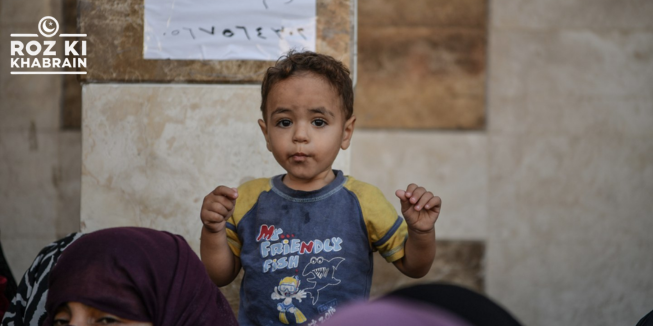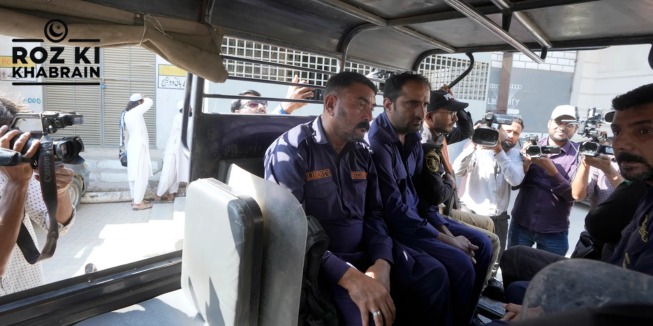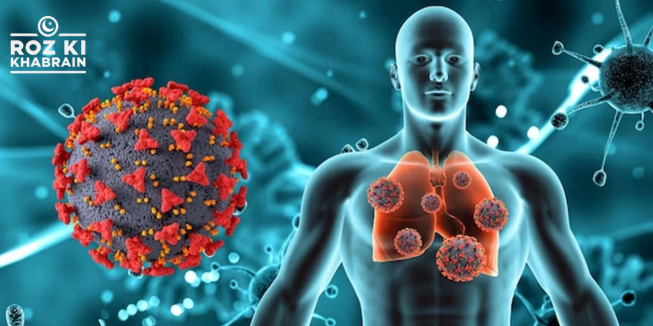Tragedy and Trauma: The Silent Toll of Toxic Chemical Incidents and ER Realities
In the pediatric emergency room, life and death coexist in agonizing proximity. The haunting scene of lifeless children, ranging from infants to teens, is not a dramatization but a grim reality, with cases like the December 13 tragedy in Karachi highlighting the devastating impact of toxic chemical exposure.
Five siblings lost their lives after their home was fumigated, a stark reminder of the dangers posed by inadequate regulation of hazardous substances like phosphine gas. Commonly used as a fumigant, phosphine has claimed lives worldwide, yet remains easily accessible in Pakistan due to weak enforcement of safety protocols.
Medical professionals recount the overwhelming emotional toll such incidents take, with Dr. Asad Mian sharing how these moments linger, creating a “moral injury” that ER staff carry with them. Despite witnessing unimaginable suffering, the culture of silence often prevents paramedics from seeking mental health support, compounding the trauma.
Experts emphasize the urgent need for systemic changes, from enforcing strict chemical regulations to prioritizing mental health resources for medical staff. Counseling initiatives are emerging in some hospitals, but widespread adoption is crucial to address PTSD and prevent long-term emotional damage among healthcare workers.
This tragedy also underscores the cracks in hospital systems, where inter-departmental communication failures and resource shortages strain emergency responses. Addressing these issues is vital to ensure that tragedies like this do not repeat and that both patients and medical professionals receive the support they need.




